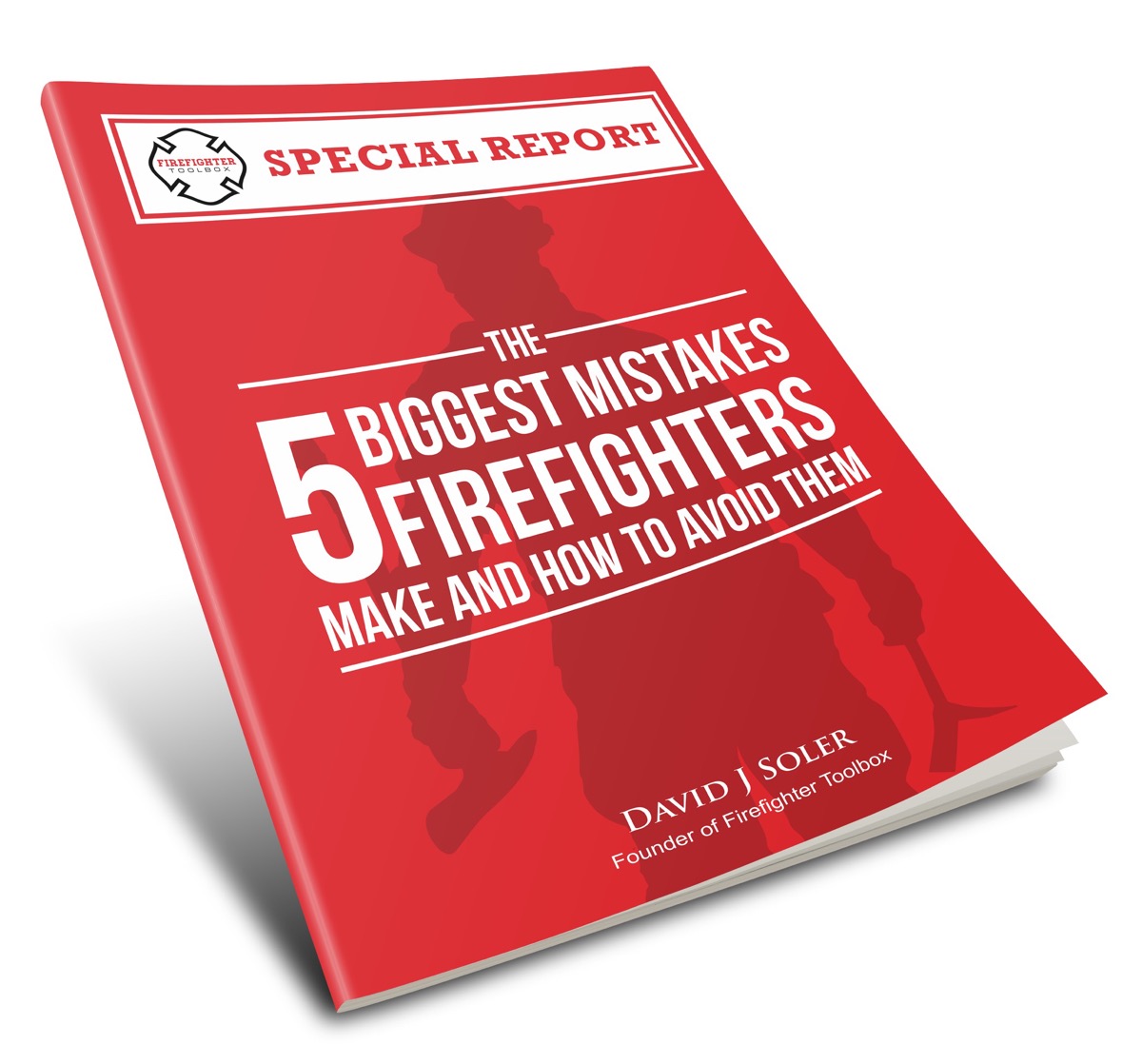How To Prepare For Firefighter Performance Evaluations
The Performance Review
Many departments use some type of formal performance review and development (PRD) system as a part of their overall human resources program. The typical PRD document includes line items that describe job duties for a specific position, and a rating system which “grades” the firefighter’s performance in those dimensions of his or her job.
The ratings might include performance descriptors such as: Unsatisfactory, Poor, Satisfactory and Excellent.
One of the worst PRD scenarios is one in which the evaluator and the person being evaluated disagree over the rating. Perhaps the evaluator gave the person a “Satisfactory” but the person being evaluated felt that he deserved a mark of “Excellent.”
In this situation, the PRD tool that was designed to help the team can become a source of conflict and a major de-motivator for everyone involved. This must never happen.
Follow these steps to position yourself for a great firefighter performance evaluation process.
Step #1 – Everyone Starts with a “Satisfactory” Rating
Firefighter Perspective:
Meet with your officer and understand how he or she grades you and what a Satisfactory or Excellent evaluation would consist of you doing during your grading period.
Officer Perspective:
Have a rule that the starting point each person begins the reporting period with is a rating of “Satisfactory.”
Step #2 – Have a S.M.A.R.T. Plan for an “Excellent” Rating
S.M.A.R.T. Goals:
S.M.A.R.T. goals are goals that are Specific, Measurable, Agreed-upon, Realistic, and Trackable.
Firefighter Perspective:
If you want to receive a rating above “Satisfactory” or “Excellent” rating, then the first requirement is to meet with your officer and share with him or her your goal and to understand what your supervisor will require to attain that classification. Then set a plan to satisfy your supervisor’s requirements.
Officer Perspective:
If the person wants to receive a rating above “Satisfactory” or “Excellent,” then the first requirement is to clearly set the expectations to attain that classification. Set up a plan to achieve the rating they’d like to get.
For example, perhaps one of the PRD evaluation items on which the person is to be rated states: “The firefighter demonstrates proficiency at providing public education programs to the public.” If so, the firefighter and supervisor should set up some agreed-upon SMART-goal(s) to justify a mark of “Excellent” for this job dimension on the PRD.
Step #3 – Get Approval for “Excellent Rating” Plans
Firefighter Perspective:
If your goal is to get an “Excellent” rating, make sure your plan is approved by your supervisor. You may even have him or her sign off on your plan. Another idea is to have your supervisor initial/sign-off on the goals achieved during the process versus waiting till the end where something may be forgotten.
Officer Perspective:
If firefighter does set up a PRD plan to achieve “Excellent,” forward the plan up the chain-of-command for approval. Thus, there will be no “surprises” at the end of the PRD reporting period. If the person achieves the goals to which the entire chain-of-command has agreed, there should be no issues.
Special Note
As an officer, it should go without saying that if the person is in danger of falling below “Satisfactory” that the supervisor pledges to alert the person right away.
As a firefighter, meet with your officer and clearly ask him or her to alert you as soon as possible if, at anytime, you are in danger of falling below “satisfactory” and to share where the deficiency is.
Final Notes
Are PRD’s effective as a means of monitoring and improving our performance? That’s debatable. But the fact remains that many of us must deal with them in the performance of our duty, so we should put some effort into making the PRD as useful – and painless – as possible.





